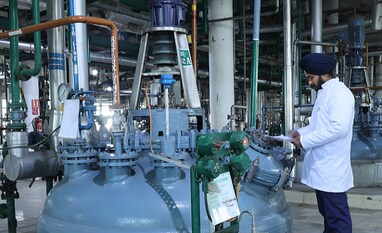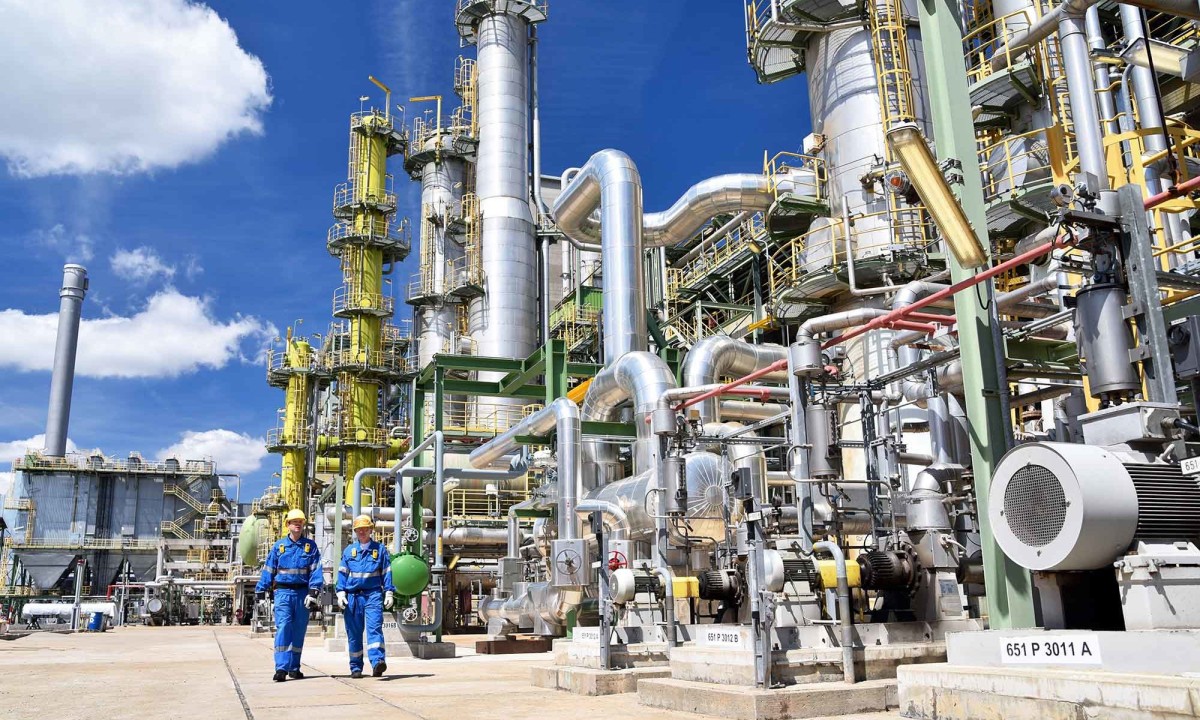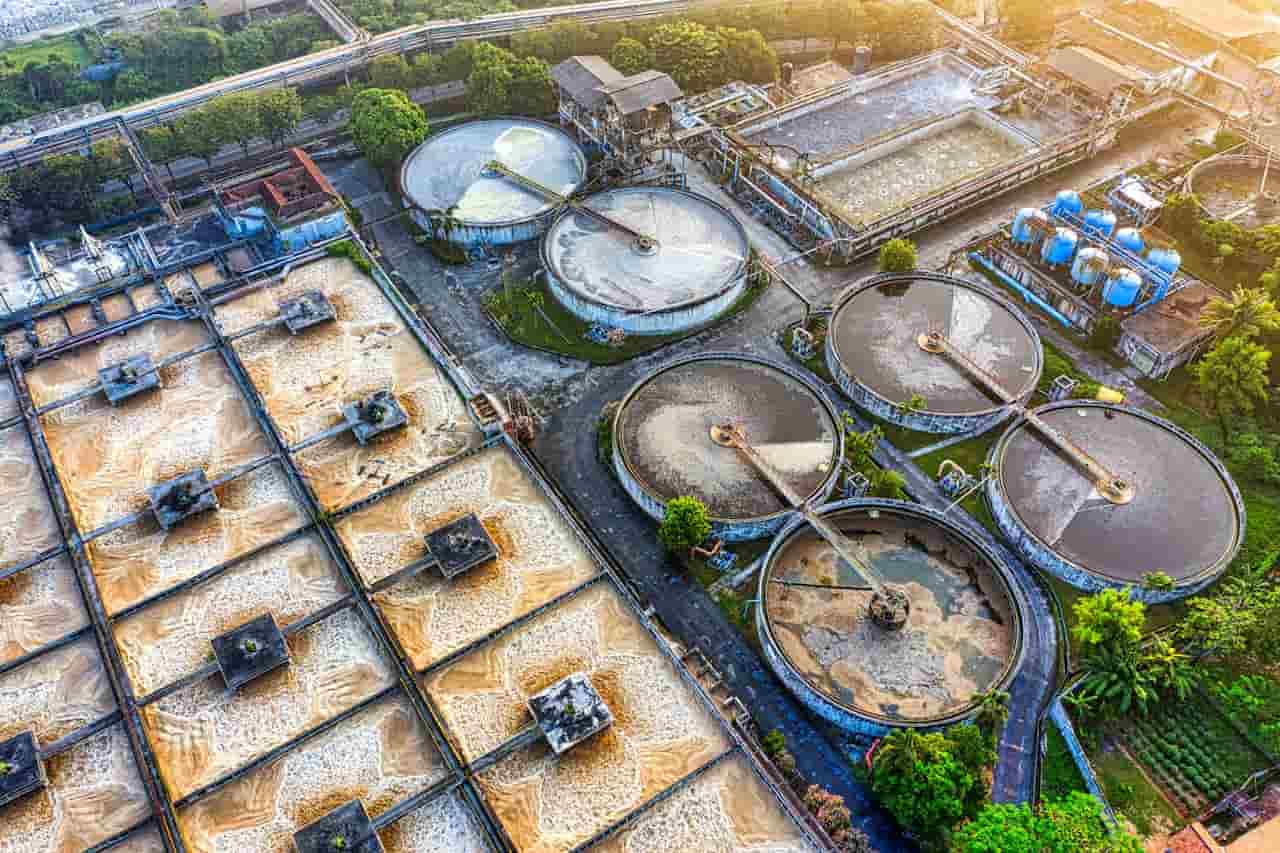Home / chemical / India’s Chemicals Industry: Embracing Self-Reliance Amid Opportunities and Challenges
India’s Chemicals Industry: Embracing Self-Reliance Amid Opportunities and Challenges
By: My India Times
2 minutes read 103Updated At: 2024-11-27

India's journey toward becoming an Atmanirbhar Bharat (self-reliant India) is reshaping its chemical industry presenting both challenges and exciting opportunities. the new conclusion away restrictive bodies such as arsenic the home insecticides table to prioritize molecules determined inside the state signals amp important pitch. This approach not only reduces reliance on imported chemicals but also Fosters innovation tailored to local needs.
Fostering Innovation Through Local Discoveries
For years the Indian market has been dominated by imported patented chemicals catering primarily to sectors like agriculture pharmaceuticals and industrial manufacturing. the government's drive for home-grown Answers marks amp Revolutionizeative shift creating a place for American firms to create cost-effective and sustainable alternatives. This focus on domestic innovation aligns with India's broader goals of affordability self-sufficiency and global competitiveness.
The R&D Challenge
Developing patented molecules is no small feat. it requires important investing in search and evolution (r&d) approach to advance engineering and amp good men. Multinational corporations often have vast Supplies and established Webs putting Indian firms at a disadvantage. notwithstanding the Constructing accessibility of political support—through schemes, care get inch India—and development coaction betwixt state and close entities are step by step grading the acting area
Regulatory and Infrastructure Barriers
The path to innovation is strewn with hurdles specifically in regulatory compliance. introducing green chemic compounds to the grocery involves amp hard work spanning 8-12 age including guard and efficaciousness examination. This lengthy timeline very importantly inflates costs for domestic companies many of which operate with limited budgets. in addition the miss of iron base for mass examination and product foster complicates the travel for little players
Unlocking Opportunities
Despite these challenges, the move toward self-reliance opens a wealth of opportunities for the Indian chemicals industry:
Enhancing Global Competitiveness: By focusing on innovation, Indian companies can create affordable and high-quality alternatives that compete in international markets.
Creating Employment: A thriving domestic chemical sector can generate numerous high-skill jobs in research, production, and allied industries.
Advancing Sustainability: Developing eco-friendly and bio-based molecules positions India as a responsible global producer.
Expanding Exports: A strong, self-reliant industry can enable India to export patented chemicals to new markets, boosting economic growth.
Building the Future of India’s Chemicals Industry
For the Indian chemicals industry to thrive, a concerted effort is required from all stakeholders:
Streamlining Regulatory Processes: Simplified approval mechanisms can reduce costs and bring innovative products to market faster.
Increasing R&D Investments: Public and private funding must focus on building cutting-edge research facilities and capabilities.
Developing Specialized Hubs: Establishing state-of-the-art R&D hubs will provide the necessary infrastructure for innovation.
Promoting Talent Development: Skill-building initiatives can ensure a steady pipeline of professionals equipped to tackle industry challenges.
Conclusion
The chemicals sector is integral to India’s vision of self-reliance and economic growth. By addressing regulatory and logistical challenges and fostering a culture of innovation, India can position itself as a global leader in chemical production. While the journey demands persistence, the potential rewards—from enhanced global stature to sustainable development—make it a goal worth striving for.
....India's journey toward becoming an Atmanirbhar Bharat (self-reliant India) is reshaping its chemical industry presenting both challenges and exciting opportunities. the new conclusion away restrictive bodies such as arsenic the home insecticides table to prioritize molecules determined inside the state signals amp important pitch. This approach not only reduces reliance on imported chemicals but also Fosters innovation tailored to local needs.
Fostering Innovation Through Local Discoveries
For years the Indian market has been dominated by imported patented chemicals catering primarily to sectors like agriculture pharmaceuticals and industrial manufacturing. the government's drive for home-grown Answers marks amp Revolutionizeative shift creating a place for American firms to create cost-effective and sustainable alternatives. This focus on domestic innovation aligns with India's broader goals of affordability self-sufficiency and global competitiveness.
The R&D Challenge
Developing patented molecules is no small feat. it requires important investing in search and evolution (r&d) approach to advance engineering and amp good men. Multinational corporations often have vast Supplies and established Webs putting Indian firms at a disadvantage. notwithstanding the Constructing accessibility of political support—through schemes, care get inch India—and development coaction betwixt state and close entities are step by step grading the acting area
Regulatory and Infrastructure Barriers
The path to innovation is strewn with hurdles specifically in regulatory compliance. introducing green chemic compounds to the grocery involves amp hard work spanning 8-12 age including guard and efficaciousness examination. This lengthy timeline very importantly inflates costs for domestic companies many of which operate with limited budgets. in addition the miss of iron base for mass examination and product foster complicates the travel for little players
Unlocking Opportunities
Despite these challenges, the move toward self-reliance opens a wealth of opportunities for the Indian chemicals industry:
Enhancing Global Competitiveness: By focusing on innovation, Indian companies can create affordable and high-quality alternatives that compete in international markets.
Creating Employment: A thriving domestic chemical sector can generate numerous high-skill jobs in research, production, and allied industries.
Advancing Sustainability: Developing eco-friendly and bio-based molecules positions India as a responsible global producer.
Expanding Exports: A strong, self-reliant industry can enable India to export patented chemicals to new markets, boosting economic growth.
Building the Future of India’s Chemicals Industry
For the Indian chemicals industry to thrive, a concerted effort is required from all stakeholders:
Streamlining Regulatory Processes: Simplified approval mechanisms can reduce costs and bring innovative products to market faster.
Increasing R&D Investments: Public and private funding must focus on building cutting-edge research facilities and capabilities.
Developing Specialized Hubs: Establishing state-of-the-art R&D hubs will provide the necessary infrastructure for innovation.
Promoting Talent Development: Skill-building initiatives can ensure a steady pipeline of professionals equipped to tackle industry challenges.
Conclusion
The chemicals sector is integral to India’s vision of self-reliance and economic growth. By addressing regulatory and logistical challenges and fostering a culture of innovation, India can position itself as a global leader in chemical production. While the journey demands persistence, the potential rewards—from enhanced global stature to sustainable development—make it a goal worth striving for.
By: My India Times
Updated At: 2024-11-27
Tags: chemical News | My India Times News | Trending News | Travel News
Join our WhatsApp Channel










































































































.png)
 (1).png)























